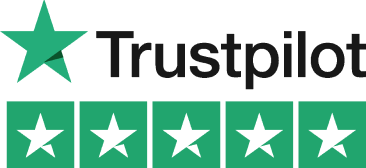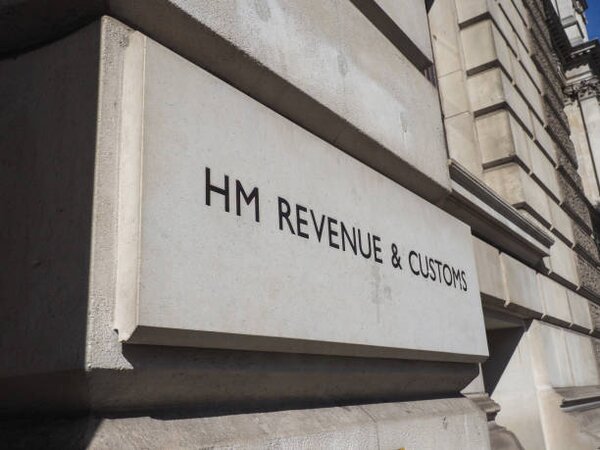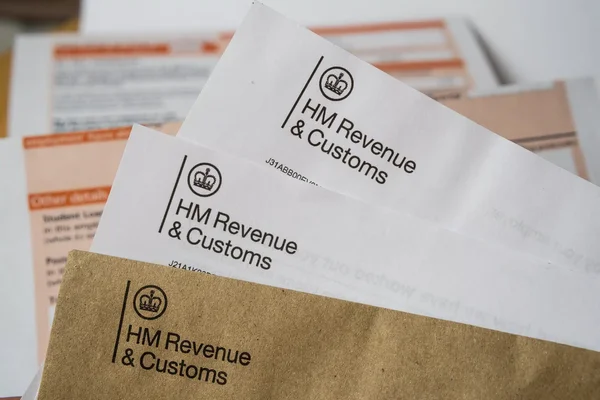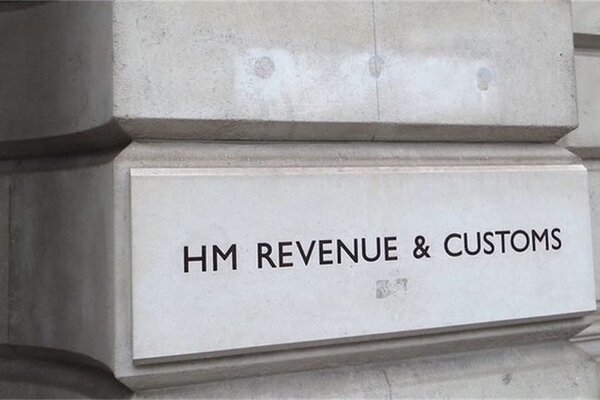Understanding Key Accounting Formulas

Managing your business finances is a job in itself. Many business owners either employ full-time accountants or handle the accounting themselves to save money and maintain control. Tools like the Pie Tax App and expert tax assistants available on the Pie app can simplify this process substantially. These tools handle all the donkey work, making it easier to stay on top of your company's financial health.
Regardless of who manages your accounts, it's critical for every business owner to engage and understand the figures. This understanding is invaluable for making informed decisions that contribute to the success and viability of the business.
To aid in this, we've identified seven universal accounting formulas that can help you gauge your business's health. These formulas are simple but provide the necessary figures to understand profitability, liquidity, and overall financial stability.
The Balance Sheet Formula
Assets = liability + owner’s equity
The balance sheet formula illustrates the relationship between a company's assets, liabilities, and owner’s equity. Assets include everything your company owns, such as property, cash, inventory, and equipment that provide future benefits. Liabilities are financial obligations to third parties, such as loans or lease payments. Owner’s equity is the portion of the company that belongs to you, the owner. This formula is fundamental for ensuring that your assets are appropriately balanced against liabilities and equity, giving a clear picture of financial health.


Net Income Formula
Net income = revenues – expenses
The net income formula is straightforward and very informative—it tells you how much money your business has earned after deducting expenses. Revenues are the sales or cash inflows into your company, whereas expenses are the costs associated with generating those sales. Subtracting expenses from revenues yields your net income. During the early stages of your business, this number might be negative, which is common. The ultimate goal is to achieve a positive net income, indicating profitability.

80% of small businesses report that understanding their break-even point has significantly improved their financial planning and forecasting.Break-Even Point

Only 35% of small businesses have a positive cash ratio. Businesses with a cash ratio above 1.0 are typically more resilient during economic downturns.Cash Ratio

Profit Margin Formula
Profit margin = net income / sales
The profit margin formula reveals the profitability of a business. By dividing net income by sales, you get the profit margin, which indicates how much profit is generated from each pound of sales. A higher profit margin suggests a healthier company. If your profit margin is low despite high sales, it may be time to evaluate and reduce your expenses.
Debt-to-Equity Ratio Formula
This formula indicates the extent to which a business is financed through debt compared to owner's equity. Total liabilities represent all costs payable to third parties, such as loans, while total equity is the owner's invested money. A high debt-to-equity ratio shows a significant reliance on external funding, which might deter potential investors or lenders. Keep this ratio in check to maintain financial stability.
Break-Even Point Formula
Break-even point = fixed costs / sales price – variable cost per unit
The break-even point formula helps a business understand how much it needs to sell to cover all its costs. Fixed costs are predictable, recurring expenses such as rent or salaries. The sales price represents the retail price for your products or services, while the variable cost per unit is the cost to produce one unit of a product.
Cash Ratio Formula
Cash ratio = cash / current liabilities
The cash ratio formula demonstrates a business's ability to pay off its current liabilities with the cash it has on hand. This ratio includes actual cash and highly liquid investments. Current liabilities are outstanding debts the business must pay.

Helpful Tips For Essential Accounting

Regularly review your accounting formulas to track financial health.

Use accounting software like Pie to save time and reduce errors.

Consult the Pie Tax App for expert advice on managing taxes and maximising deductions.

Fun Facts
Did you know? The concept of accounting dates back to ancient Mesopotamia, about 7,000 years ago
Practical Accounting Advice

To maintain healthy finances, consistently track your income and expenses. Invest in good accounting software like the Pie Tax App, which simplifies the process and provides real-time updates. Regularly consulting with expert tax assistants available on the Pie app can further ensure you're on top of your financial game.
Additionally, understanding these key accounting formulas can help make informed decisions. Accurate financial analysis enables you to set realistic goals and allocate resources effectively.

QuickBooks is a leading accounting software that handles much of the heavy lifting involved in accounting. It automates data entry, reconciliations, and report generation, enabling you to focus on growing your business rather than getting bogged down in numbers. Users report an average time saving of 10 hours per week when using QuickBooks.QuickBooks for Quick Success

The Pie Tax App offers tailored solutions for UK taxpayers. It simplifies the tax filing process, ensures compliance, and maximises refunds. Expert tax assistants on the Pie app are available to guide you through complex tax scenarios, offering peace of mind and financial efficiency.Pie Tax App Benefits
Summary
To run a successful business, understanding and leveraging key accounting formulas is essential. The balance sheet equation, net income formula, break-even point, cash ratio, profit margin, debt-to-equity ratio, and cost of goods sold each play a critical role in assessing and managing your business's financial health.
Tools like QuickBooks and the Pie Tax App, coupled with expert advice from tax assistants available on the Pie app, can simplify this process, save time, and enhance profitability. Equip yourself with these fundamental accounting tools to steer your business towards success.
Frequently Asked Questions
What is the most important accounting formula for a new business?
The net income formula is crucial as it shows whether your business is profitable by subtracting expenses from revenues.
How can the Pie Tax App help with my accounting needs?
The Pie Tax App simplifies tax filing, ensures compliance, and maximises refunds with the help of expert tax assistants.
Why should I track the break-even point?
Understanding your break-even point helps in financial planning and ensures you have a clear target for achieving profitability.
What does a high debt-to-equity ratio indicate?
A high debt-to-equity ratio indicates heavy reliance on external financing, which may deter potential investors or lenders.
Can accounting software replace an accountant?
While accounting software like QuickBooks can handle many tasks, consulting with an accountant or using the Pie Tax App's expert tax assistants is advisable for complex financial matters.











